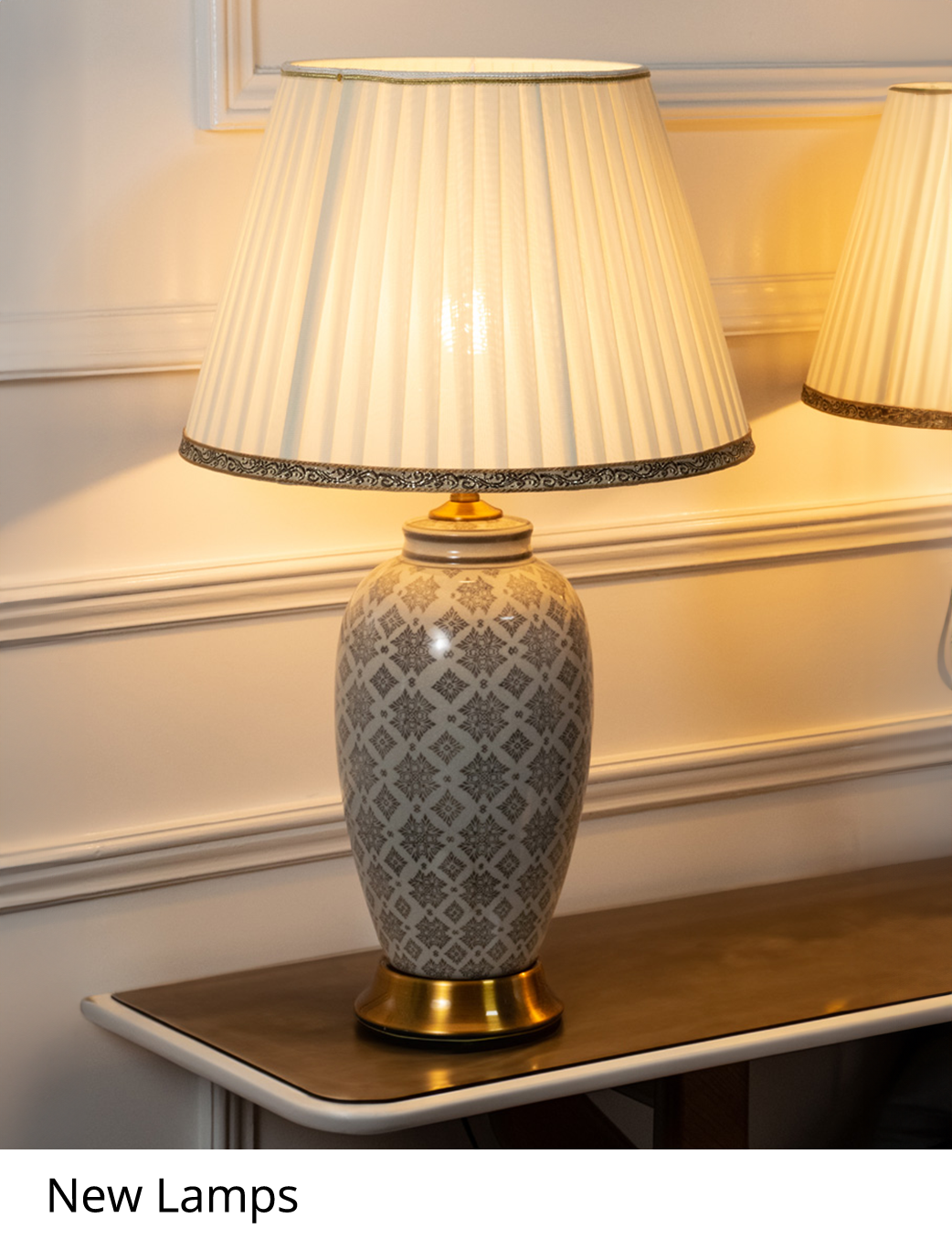Optimizing Industrial LED Solutions Explained
Optimizing Industrial LED Solutions Explained
Blog Article
Whether you're outfitting a warehouse, a logistics hub, or a production floor, industrial LED solutions provide unmatched performance, durability, and savings.
Whether you're upgrading an existing lighting system or starting a new facility from scratch, these insights will guide your decision-making.
Let’s start by looking at the reasons why sourcing LED lighting wholesale is not only cost-effective—but also the smarter long-term choice for industrial facilities.
Why Wholesale LED Makes Sense for Industrial Buyers
For industrial operations, these benefits translate directly into savings on both procurement and energy use.
LEDs already offer superior lifespan and energy efficiency over traditional lighting.
Whether you need fixtures for ceilings over 30 feet high or task lighting for assembly zones, buying in volume allows better system-wide integration.

Benefits of Industrial LED Lighting for Warehouses and Factories
Switching importadora de lampadas de led to descubra como industrial LED lighting transforms the way warehouses and factories operate.
High-quality industrial LEDs deliver brighter, more uniform illumination, reducing shadows and minimizing workplace accidents.
Industrial LEDs also require less maintenance, thanks to their long lifespan—often exceeding 50,000 hours.
Features of Industrial High Bay LED Systems
These powerful lights deliver focused, even illumination across wide areas, ensuring that workspaces remain well-lit and compliant with safety standards.
Compared to legacy high-intensity discharge (HID) fixtures, high bay LEDs offer better energy efficiency, instant-on capability (no warm-up time), and superior color rendering.
These innovations help optimize energy use even further, making them an excellent long-term investment for any industrial operation.
Why the High Bay LED EVO Stands Out
Engineered for maximum performance, these fixtures combine high lumen output with exceptional energy efficiency, making them ideal for large spaces with demanding lighting needs.
Additionally, the EVO model often comes with flexible mounting options, optical lens choices, and smart lighting capabilities like motion sensors or daylight harvesting.
Investing in High Bay LED EVO fixtures not only cuts operating costs but also supports sustainability goals by lowering carbon footprints.

What to Look for in an LED Importer
Experienced importers can offer insights into product selection, local compliance requirements, and after-sales support.
Transparent pricing, clear communication, and flexible contract terms are also key factors to consider.
Choosing the right partner sets the foundation for long-term success and maximum return on your LED investment.
Final Thoughts on Choosing the Right LED Lighting for Your Facility
When combined with top-tier products like High Bay LED EVO, businesses achieve not just cost efficiency but also operational excellence.
It’s not just about purchasing light fixtures—it’s about building a long-term partnership that helps your facility stay competitive and sustainable.
By acting now, you position your business at the forefront of innovation, reaping financial and environmental benefits for years to come.
Common Questions About LED Lighting for Warehouses
Why should I purchase LEDs in bulk?
Buying LEDs wholesale lowers unit costs, simplifies logistics, ensures product consistency, and often provides better warranties.
Where are high bay LEDs typically used?
High bay LED lights are designed for spaces with ceilings over 20 feet, such as warehouses, factories, and gymnasiums.
What are the features of the EVO series?
It’s a top-tier choice for demanding industrial applications requiring durability and performance.
What should I look for in an LED lighting supplier?
Look for suppliers with certifications, industrial experience, solid inventories, strong manufacturer ties, and excellent technical support.
How much can I save by switching to industrial LED lighting?
Industrial LED upgrades can reduce energy costs by up to 75% and maintenance costs by up to 50%.
Report this page